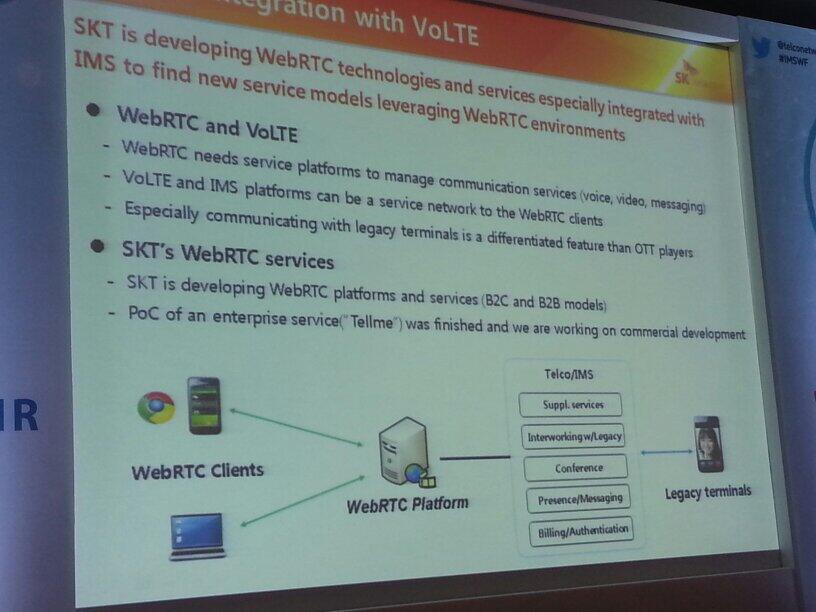A new video and simplified presentation on this topic is available on 3G4G page here.
It took me quite a while trying to understand the different types of operators and the differences between them. Here is a short summary. Please feel free to add more information or correct me where needed
Mobile Network Operator (MNO): The MNO is the most commonly visible mobile network operator. Examples would be the likes of Vodafone, Verizon, T-Mobile, Orange, Telefonica, etc. These MNO's are responsible for creating the mobile network. They have to purchase/lease the spectrum from the regulatory body of the country and then purchase/lease the network equipment from the vendors. They have to then get into an agreement with various handset suppliers, do various testing, etc. They are responsible for the day to day running of the network and would be blamed if there are problems or if the quality of experience is not as expected.
The MNO has to maintain its own Operation Support Systems (OSS) and Business Support Systems (BSS). They are responsible for billing the direct customers and may also be responsible for indirectly billing the customers of MVNO's.
Mobile Virtual Network Operator (MVNO): An MVNO relies on the infrastructure and most other things provided by the MNO. The MNO may have plenty of spare capacity that it may be willing to sell at a cheaper price or a different rate. They wouldn't want to do this themselves as this may dilute the brand. To solve this they may sell the messages, voice minutes and data at a much cheaper price in wholesale to an MVNO. Examples of popular MVNO's include Virgin Mobile, Lyca Mobile, Walmart mobile, Lebara Mobile, etc.
A full fledged MVNO will have its own OSS/BSS software and would be responsible for billing its own customers but a smaller MVNO may rely on the MNO to provide usage information for its customers that it can bill.
Mobile Virtual Network Aggregator (MVNA): Sometimes, it makes little or no sense to have many small MVNO's connected to the MNO. As a result, MNO may decide to only sell the discounted bundles to really big players. An MVNA can aggregate lots of small MVNO's and using the collective might, be able to connect to the operator as a single MVNO. MVNA's will typically not have direct subscribers but only other smaller MVNO's that connect to it. It would typically have to have an own OSS/BSS to be able to provide accurate billing information to the MVNO's.
Mobile Virtual Network Enabler (MVNE): An MNO may decide to outsource all functionality related to virtual networks to an MVNE. The MVNE may do similar functionality like an MVNA or it may even allow MVNA to connect to the MNO via itself. It may allow MVNO's to connect to MNO's through it and in special cases, it may even provide sell services directly to customers. The main reason for it being called an Enabler is because its enables smaller MVNO's to be created. It can provide services to such as billing, network element provisioning, administration, operations, support of OSS/BSS, etc. to MVNOs. An MVNE typically would not have any relationship with end-user customers, instead focussing on providing infrastructure and services to enable MVNO's to offer services and have a relationship with end-user brand, customer loyalty and marketing and leave the back-end enablement to MVNE's.

The MVNO's could be Full or Light MVNO's. The above picture shows different variants but in simple terms a Full MVNO has its own HLR while the Light(er) MVNO's use the HLR of the MNO where it enters the details of its own subscribers. A Full MVNO has considerably more power as it may decide to move to another MNO for service if its not happy with the service provided by an MNO. It would definitely also mean a lot more investment as opposed to the lighter models.
Sometimes
MVNOs refer to themselves as Skinny, Thin or Thick as can be seen in the picture above. My guess is that its just another term for Full, Light or Branded resellers.
Finally, we may be in what is being termed as MVNO 3.0. As per this
PwC article:
The first generation of MVNOs was spawned during an era of regulatory concerns and rapid growth in the wireless industry. They struggled to compete with the very network owners who were selling them capacity. The second generation, known in some circles as MVNO 2.0, sought to change the playing field by basing customer relationships on innovative devices such as the iPhone and the Jitterbug. Could we be witnessing the end of the era of the branded network operator? Here are four key changes currently underway that could make MVNO 3.0 a reality.
Finally, if you have enough time and patience, there is an interesting list of articles to read on this topic.
Additional reading:
























